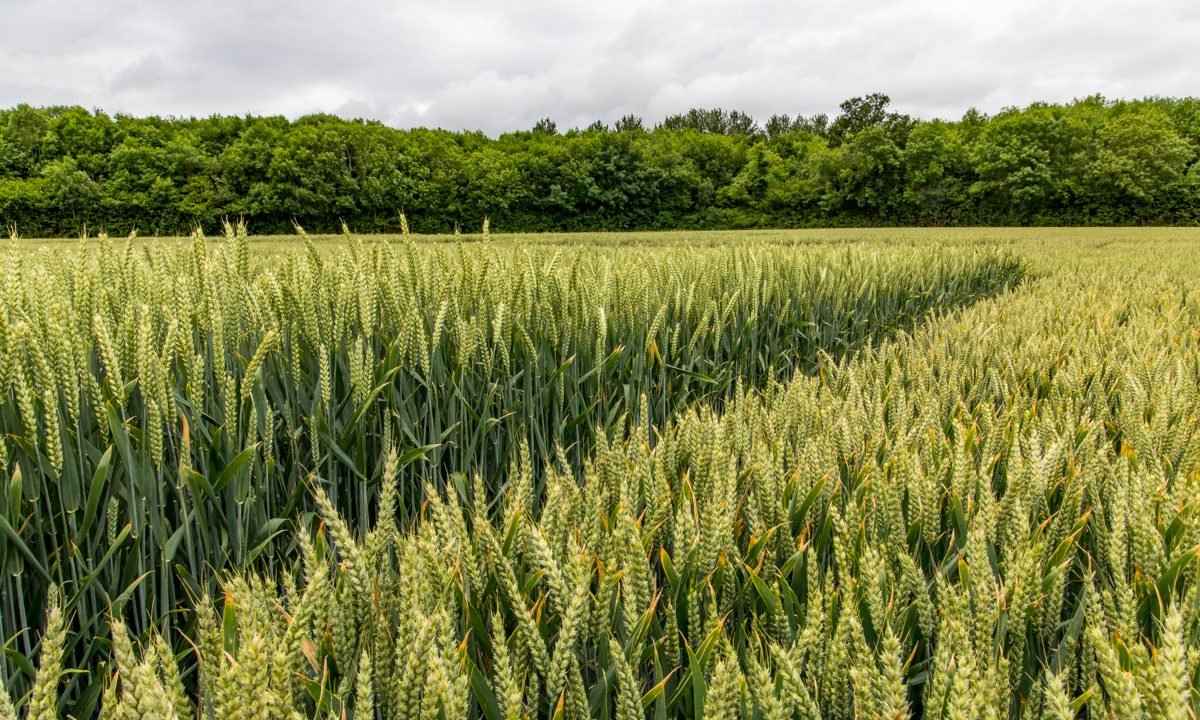€221 million in horticulture and cereals was exported last year according to the latest report from Bord Bia.
This was despite a slight decrease of 2,000ha, since 2019, in the main cereal growing area which was 265,000ha in total in 2020.
Also Read:Success of diversification ‘evident’ in Bord Bia 2020 export performance report
Winter cereals
According to the report the area of winter cereal crops in total declined by about 40% due to the poor weather last autumn. However, the area of spring barley increased dramatically in 2020.
Main cereal production was also down by about 20% to just over 1.9 million tonnes compared with 2019s production of 2.4 million tonnes.
However, Bord Bia said that the reduction in output and yield were somewhat compensated by the increase in farm gate prices.
In relation to straw, it’s estimated that straw availability was down almost 40% compared to the previous year.
Cereal exports
In 2020 the value of cereals exports was €47 million, which is a value reduction of 5%. There was a corresponding reduction in volume exported of 2%.
This reflects a lower area grown and lower production in 2020. Exports are primarily to Northern Ireland, according to the report.
Mushrooms
Exports for mushrooms in 2020 were marginally down (-4%) on 2019 in volume, but 14% higher in value to €115 million.
The Covid-19 pandemic produced a surge in retail sales by volume, and some shortages in the market helped to push up prices.
The largest segment in the UK retail mushroom market, which is the key market for Irish mushrooms, is the pre-packed closed cup mushroom, with almost 50% share of the total mushroom retail sales.
The UK went into a lockdown in late March, and this had a negative impact on the foodservice market, while there was a large increase in the retail market.
More people at home and working from home meant a big increase in home cooked meals, and this resulted in increased mushroom sales.
Amenity horticulture
The amenity horticulture sector relies heavily on exports to the UK for sales and 2020 produced a lot of disruptions in the market as a result of Covid-19.
Bulb and daffodil exports were down on 2019 due to disruption in the Dutch auctions.
Total value of exports fell to €17.5 million, broken down as follows:
Nurseries
Hardy nursery stock accounts for €7.3 million worth of exports, a decrease of €1 million over the last year. This was due to the closure of UK garden centres, but Irish producers made this up in local sales.
In 2020 there were 26 nursery stock producers exporting to Northern Ireland and Great Britain (GB). There were also five bulb/cut flower exporters, who are exporting stock to Northern Ireland, GB and continental Europe.
The report states that the home market is more buoyant with the uplift in housebuilding. There are still good potential opportunities in the UK and the ‘disease-free’ status of Irish stock, as well as the proximity to the UK market remain advantages for Ireland.

